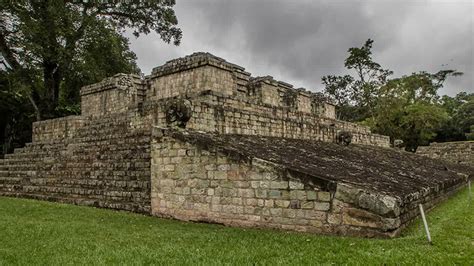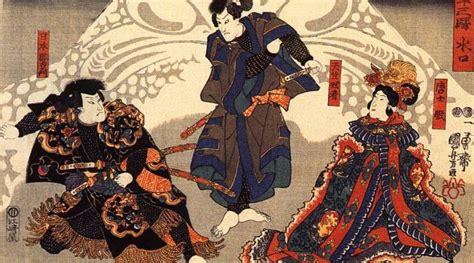Explore Malta’s rich history from early settlement to modern times. Learn about Roman rule, Arab conquest, Knights of St. John, and Malta’s independence.
Early Settlement of Malta
Contents
The early settlement of Malta dates back to around 5200 BC, making it one of the oldest civilizations in the world. The first settlers to arrive on the Maltese islands are believed to be farmers from Sicily who crossed the Mediterranean Sea in search of new land to cultivate. These early inhabitants constructed megalithic temples, such as the Ġgantija and Ħaġar Qim, which are among the oldest free-standing structures in the world.
As time passed, the Phoenicians also established a presence on the islands, bringing with them their advanced maritime technology and trading networks. The strategic location of Malta in the central Mediterranean made it an important hub for commerce and communication between the various ancient civilizations of the region.
Throughout the centuries, Malta was also influenced by the Greeks, Carthaginians, and Romans, each leaving their mark on the culture and architecture of the islands. The Roman period, in particular, saw the construction of impressive infrastructure, including the remains of a Roman villa at Rabat and the ancient capital city of Mdina.
Overall, the early settlement of Malta laid the foundation for the rich and diverse history of the archipelago, shaping its identity as a melting pot of Mediterranean civilizations and a cradle of civilization in its own right.
Malta Under Roman Rule
Malta Under Roman Rule
During the Roman period, Malta experienced significant changes in its political, social, and economic structures. The Roman influence on the island began in 218 BC when Malta was conquered by the Roman Republic. The Romans brought with them their culture, language, and administrative systems, which had a lasting impact on the island.
Political Changes
Under Roman rule, Malta was transformed into a municipium, a self-governing city with its own magistrates and a municipal council. This allowed the Maltese people to participate in local governance and have greater autonomy in their day-to-day affairs.
Social and Economic Development
The Romans also introduced new agricultural techniques and infrastructure, such as aqueducts and roads, which improved the island’s economy and connectivity with other parts of the Roman Empire. Malta became an important hub for trade and commerce, with its strategic location in the Mediterranean Sea.
Cultural and Linguistic Influence
During this period, Latin became the official language of Malta, and the Roman pantheon of gods and goddesses was worshiped alongside the traditional Maltese religious practices. The island’s architecture, art, and lifestyle also reflected Roman influence, creating a fusion of Roman and indigenous Maltese culture.
Arab Conquest and Byzantine Period
The Arab Conquest of Malta occurred in 870 AD, when the island came under Arab rule. This period brought significant changes to the culture, language, and religion of the Maltese people. Arab influence can still be seen in the Maltese language, with many words deriving from Arabic roots. The Christian population of Malta faced persecution during this time, as the Arab conquerors sought to impose Islam on the island.
Following the Arab Conquest, Malta came under Byzantine rule in 870 AD. The Byzantines were able to regain control of the island, bringing it back under Christian influence. During this period, Malta became an important outpost in the Byzantine Empire, serving as a strategic location in the Mediterranean. The Byzantine Period saw the construction of churches and fortifications, leaving a lasting impact on the island’s architecture and history.
Despite the changes brought about by the Arab Conquest and Byzantine Period, Malta’s unique cultural identity continued to evolve. The blending of Arab, Byzantine, and indigenous influences helped shape the island’s history and traditions. The legacy of this period can still be seen in Malta’s language, architecture, and religious practices, making it an integral part of the island’s rich heritage.
The Knights of St. John
The Knights of St. John
The Knights of St. John, also known as the Knights Hospitaller, played a significant role in the history of Malta. The order was established in the 11th century to provide care and protection for pilgrims traveling to the Holy Land. However, their mission evolved over time, and they became a powerful military force in the Mediterranean region.
One of the most notable events in the history of the Knights of St. John is their arrival in Malta in 1530. At that time, the Knights were granted the Maltese archipelago by Emperor Charles V of Spain, in recognition of their service to the Catholic Church. This marked the beginning of their rule over the islands and their lasting influence on Maltese culture and heritage.
During their time in Malta, the Knights of St. John transformed the islands into a strategic stronghold in the Mediterranean. They built fortifications, such as the renowned city of Valletta, which still stands as a testament to their architectural and military prowess. The Knights also made significant contributions to the development of Malta’s economy, governance, and social institutions.
However, the reign of the Knights of St. John in Malta came to an end in 1798, when Napoleon Bonaparte’s forces captured the islands. This marked the beginning of a new era in Malta’s history, as the islands came under French and later British rule. Despite their departure, the legacy of the Knights of St. John continues to be celebrated in Malta, with their symbols and traditions enduring as symbols of Maltese identity and pride.
Malta’s Independence and Modern History
The independence of Malta from British rule was a significant turning point in the country’s history. After years of colonial rule, Malta finally gained its independence on September 21, 1964. The signing of the Independence Constitution marked the beginning of a new era for the Maltese people, as they were able to govern themselves and make decisions about their own future.
Following independence, Malta went through a period of modernization and development. The government embarked on various initiatives to improve the country’s infrastructure, education system, and healthcare services. The economy also began to diversify, with a focus on tourism, manufacturing, and financial services.
In 1974, Malta was declared a republic, and the country became a member of the United Nations and the Commonwealth of Nations. This further strengthened Malta’s position on the international stage and allowed the country to participate in global affairs and decision-making processes.
One of the most significant events in modern Maltese history was the country’s accession to the European Union in 2004. This marked a new chapter for Malta, as it became part of a larger political and economic community. The EU membership brought about numerous opportunities for trade, investment, and development, as well as the adoption of EU laws and regulations.
Today, Malta continues to thrive as an independent and modern nation. The country has made great strides in various sectors, including technology, finance, and tourism. With its rich history and vibrant culture, Malta remains a fascinating destination for travelers and a success story of independence and progress.













